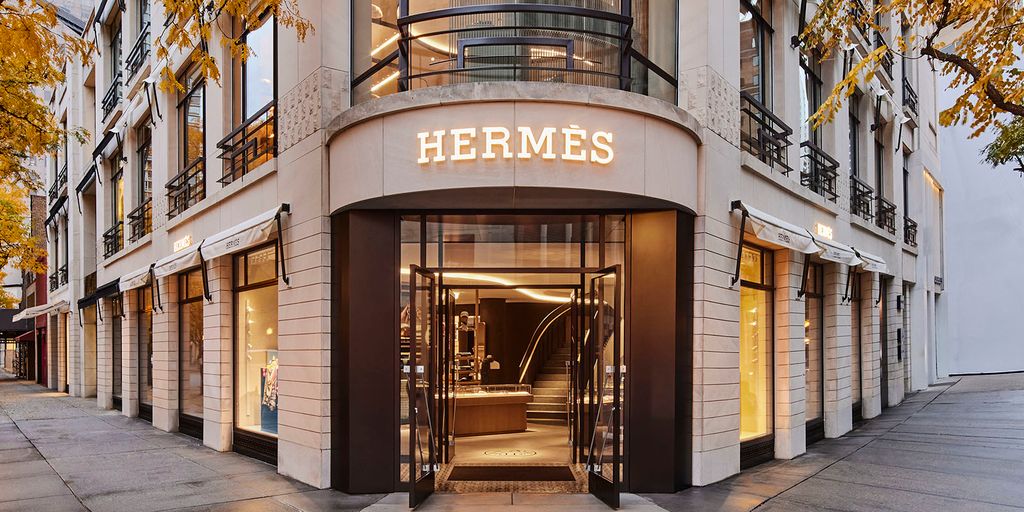Luxury brands are witnessing a significant loss of customers due to escalating price hikes, with an estimated 50 million shoppers defecting to cheaper alternatives and the secondhand market over the past two years. Despite stable forecasts for 2024, the luxury sector is experiencing a notable decline in consumer numbers, a trend unseen in the past three decades during which these brands actively sought to democratize luxury, thus significantly enlarging the industry.
The soaring prices, especially stark since the pandemic, have not only reduced the affordability of luxury items like handbags, which now rarely dip below $3,000, but have also drastically reduced the number of units sold. Bain’s analysis suggests a 20% to 25% drop in sales volumes this year, intensifying to a third for core items like handbags and shoes, excluding more affordable lines like cosmetics.
The repercussions of these price surges are profound, pushing even loyal customers towards more value-conscious decisions. While iconic brands like Hermès and Brunello Cucinelli still find favor due to their perceived quality and in-house manufacturing, the industry at large feels the strain as shoppers pivot to jewelry and other luxury goods that present greater value.
Moreover, the shift in consumer spending has invigorated the resale market, with platforms like The RealReal seeing a significant uptick in business, growing threefold faster than the primary luxury market since 2019. This shift is particularly pronounced in the luxury handbag segment, where options in the primary market are sparse within the $1,000 to $3,000 range.
As luxury brands deliberate on maintaining their elite status at the cost of losing entry-level consumers, the broader market dynamics suggest a burgeoning opportunity for mid-priced and resale segments to capture this growing demographic of value-seeking luxury consumers.

Leave a Reply